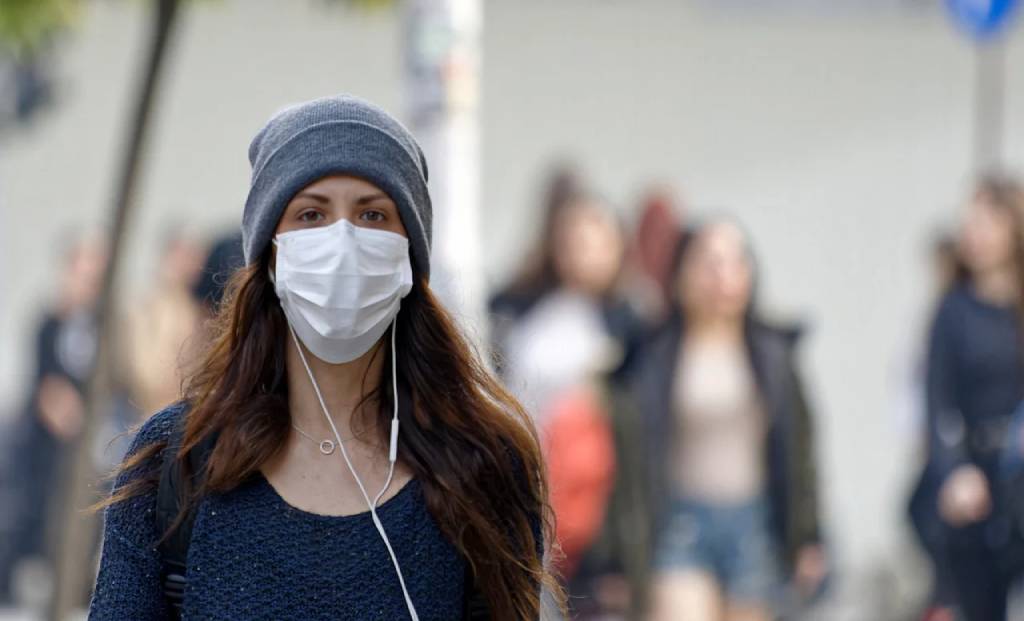Dr. K Madan Gopal, Senior Consultant – Health, NITI Aayog
Robin Singh, Founder, Team_Fightersspeed
COVID-19 restraints such as the temporary closure of gymnasiums and fitness clubs, and the restrictions on youth sports and activity classes may avert kids, youngsters, and adult from attaining suggested levels of physical activity. In ongoing scenario, performing rigorous physical activity can be an issue while staying at home. However, it’s feasible and significant to get involved into physical activity while social distancing. Physical exercise also helps to enhance energy level and mood. The COVID-19 pandemic has put forward the value of healthy lifestyle including physical activity during the period of isolation, quarantine, and social distancing. However, quarantine and social isolation can have a harmful influence on physical activity levels, while augmenting psychiatric conditions.
The physical activity is an imperative means because it could lessen noncommunicable diseases (NCDs) risk such as diabetes, heart disease, and cancer and allied with dipping obesity, overweight, and arterial hypertension linked with inactive lifestyle during and post quarantine and social isolation. For instance, the COVID-19 pandemic is prone to raise screen time and reduced energy expenditure. This kind of inactive behavior is correlated with an expansion in disease and occurrence of noncommunicable diseases. Routine physical workout participation is vital for inhibiting and treating NCDs which can enhance and retain wellbeing, quality of life, mental health, and boost the quality of the aging development.
However, during the COVID-19 outburst, the levels of physical training around the world have declined significantly due to physical inactivity and social isolation and subsequently augmented the risk for mental ailments. Consequently, sustaining physical activity levels is an efficient way to deal with the negative impacts levied by confinement and approaches created by healthcare experts to face these conditions must be executed. For instance, through awareness and healthcare promotion campaigns, plans to inspire, and offer access to home-centered exercise was predetermined. Hence, physical exercise experts should use distinct interaction channels including social media networks and other technological assets to bring in education for the usage of low-cost and sustainable physical exercise program design. The usage of technological inclusion and education, in the framework of public health linked with the pandemic, is essential to intensify and/or preserve comprehensive physical activity levels during confinement and social isolation.
Flexibility and strength exercises help to preserve bone density, strengthen muscles, improve balance, and reduce joint pain. Lifting weights, working with resistance bands, climbing stairs, hill walking, hiking, heavy gardening, cycling, dance, push-ups, sit-ups, and squats, yoga, martial arts, stretching, circuit training, and other activities might help you build physical strength. Muscle power, size, strength, and endurance can all be improved through strength training. It helps to maintain daily function while also slowing the pace of muscle and bone loss associated with ageing.
We’re already dealing with increased stress because of the COVID-19 pandemic spread and the threat it poses to our health. It is highly recommended that you use physical activity and exercise as a technique to maintain your well-being during this stressful time. Although many circumstances appear to be beyond our control now, we do have the ability to be productive and include physical activity into our daily lives.
Staying at home for an extended period can make it difficult to stay physically active. People’s well-being, health, and quality of life can all be harmed by inactive behavior and low levels of physical activity. Even self-isolation can also trigger further stress and challenge the psychological health of individuals. Physical exercise and relaxation practices can be beneficial means to help us remain relaxed and may continue to safeguard our health during this time. In fact, physical inactivity is correlated with an elevated risk for critical COVID-19 consequences. The virus is going to stay and sooner or later will become endemic, we need to learn to live with this.

